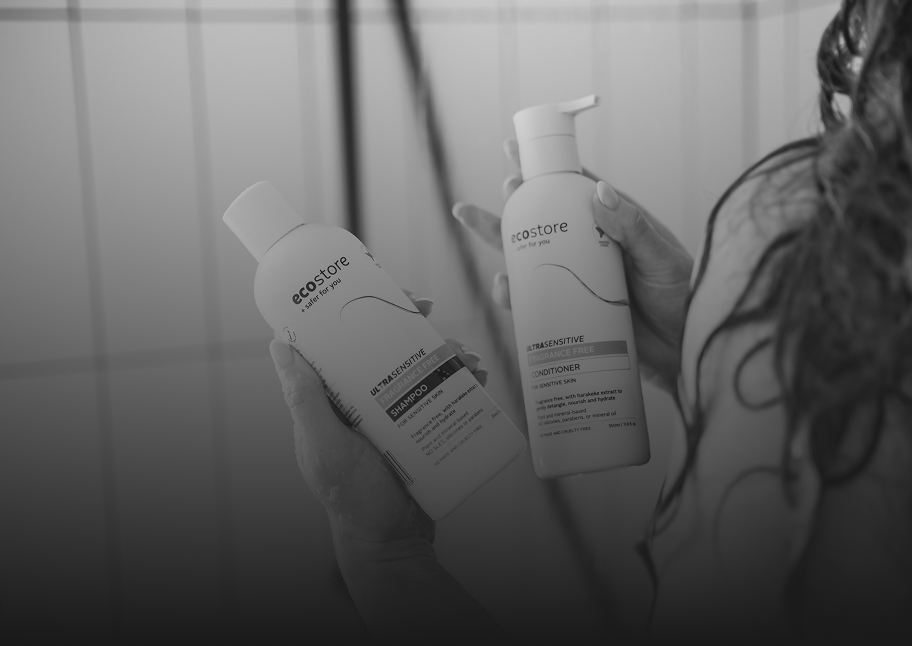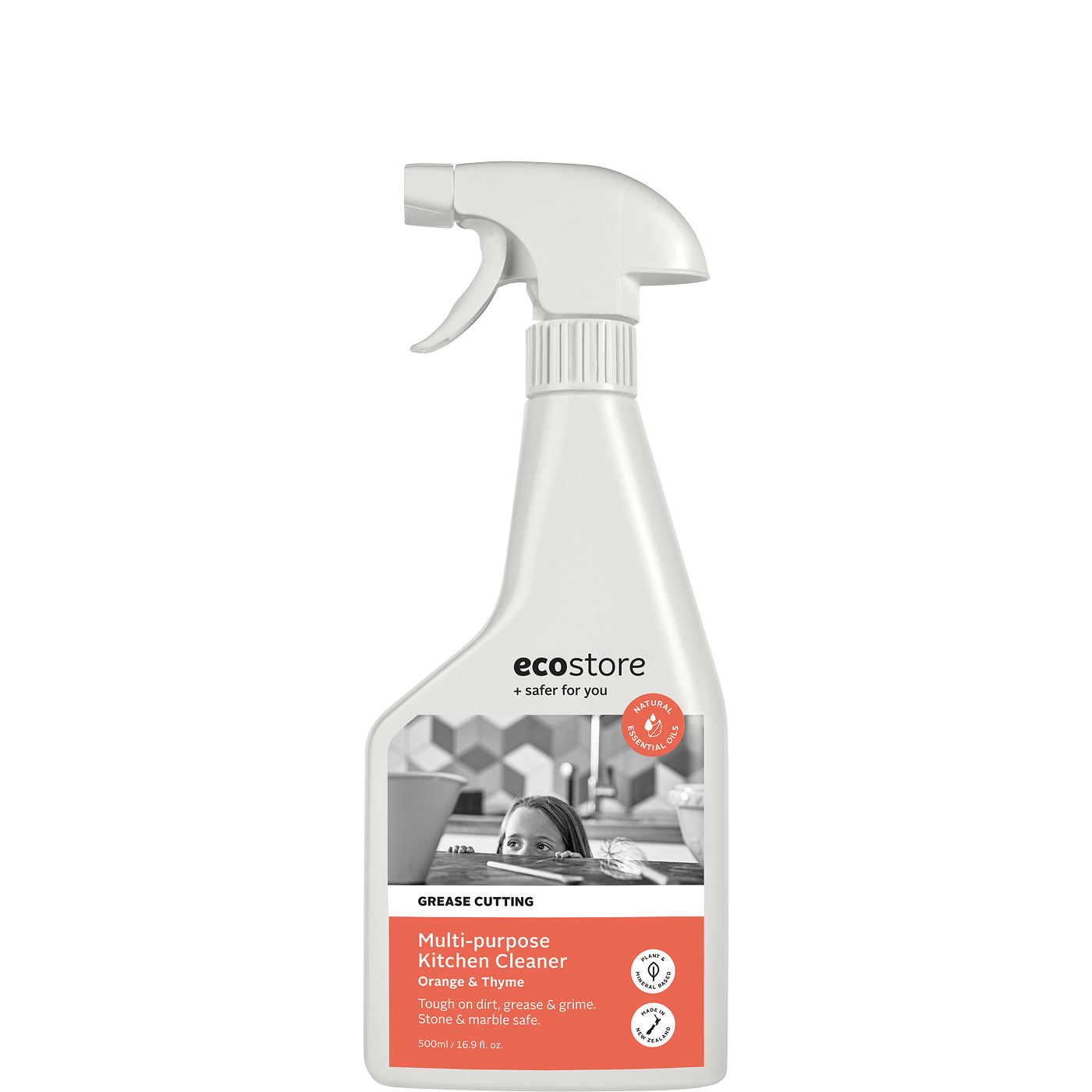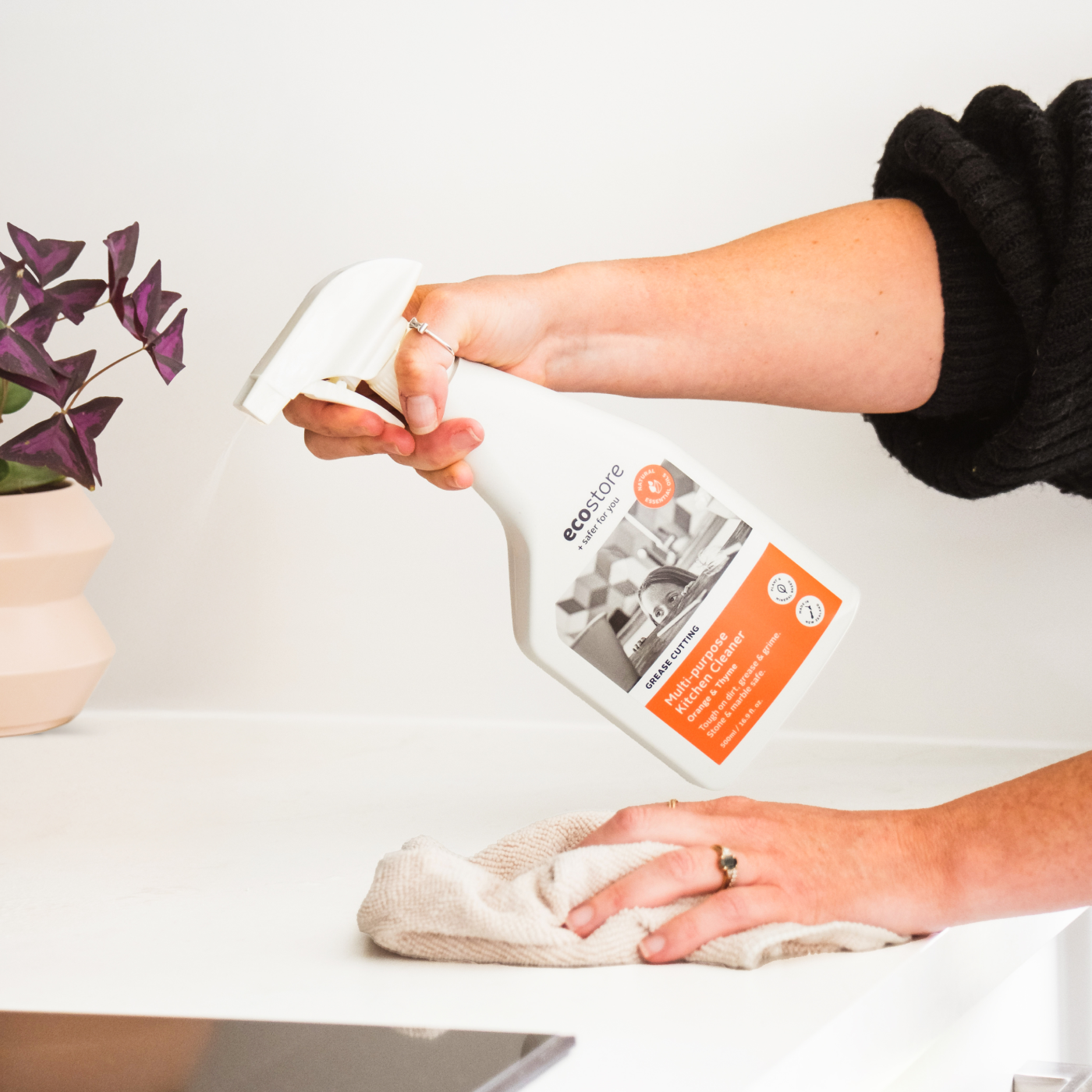Ingredient - Lipase
Lipases are a type of enzyme that can be used to target and break down fats. We use these in some of our products to improve cleaning performance and efficiency.
Enzymes are a kind of protein that occur naturally in the body, but have also been engineered for use in commercial cleaning products for many decades. The enzymes we use are produced in microbial systems, and they work by speeding up chemical reactions. When used in cleaning products, they can help dissolve stains attached to clothes or dishes by converting them into substances that are more easily removed in the cleaning process. Lipases specifically help to break down fats so they're water-soluble, improving stain removal.
Regarding their safety profile, extensive testing in large scale human studies has shown no evidence of the ability of enzymes in cleaning products to induce skin sensitisation. The large molecular weight of enzymes suggest they would not be able to penetrate intact skin. Any contact with wash solutions is not linked to significant irritation or allergy and residues on fabrics are so low they are not known to materially contribute to any skin effects. The combined evidence of substantial research has been sufficient to establish a long history of safe consumer use of enzyme containing products.
Enzymes also have a good environmental profile - they're readily biodegradable and are inactivated to a large extent under washing or cleaning conditions, minimising their impact when they reach the environment. Using enzymes can improve cleaning performance, increasing efficiency and reducing the amount of water and other surfactants required.
Other names: Lipase Enzyme, Rizolipase
Chemical class: Proteins
REFERENCES
Saisubramanian, N., Edwinoliver, N. G., Nandakumar, N., Kamini, N. R., & Puvanakrishnan, R. (2006). Efficacy of lipase from Aspergillus niger as an additive in detergent formulations: a statistical approach. Journal of industrial microbiology & biotechnology, 33(8), 669–676. https://doi.org/10.1007/s10295-006-0100-9
Hasan, F., Shah, A. A., Javed, S., & Hameed, A. (2010). Enzymes used in detergents: Lipases. African Journal of Biotechnology , 9(31), 4836-4844.
Basketter, D., Berg, N., Broekhuizen, C., Fieldsend, M., Kirkwood, S., Kluin, C., Mathieu, S., & Rodriguez, C. (2012). Enzymes in cleaning products: an overview of toxicological properties and risk assessment/management. Regulatory toxicology and pharmacology : RTP, 64(1), 117–123. https://doi.org/10.1016/j.yrtph.2012.06.016
HERA Human & Environmental Risk Assessment. (2005). Amylases, Cellulases and Lipases. Retrieved on November 26, 2021 from https://www.heraproject.com/files/38-F-Hera_Bridging_document_28.10.05.pdf
Basketter, D., English, J., Wakelin, S. and White, I. (2008), Enzymes, detergents and skin: facts and fantasies. British Journal of Dermatology, 158: 1177-1181. https://doi.org/10.1111/j.1365-2133.2008.08561.x
National Center for Biotechnology Information (2021). PubChem Compound Summary for CID 1369, 8-Anilino-1-naphthalenesulfonic acid. Retrieved November 29, 2021 from https://pubchem.ncbi.nlm.nih.gov/compound/8-Anilino-1-naphthalenesulfonic-acid.
Free shipping on orders over $130
Love me or your money back guarantee
Ingredient - Lipase






